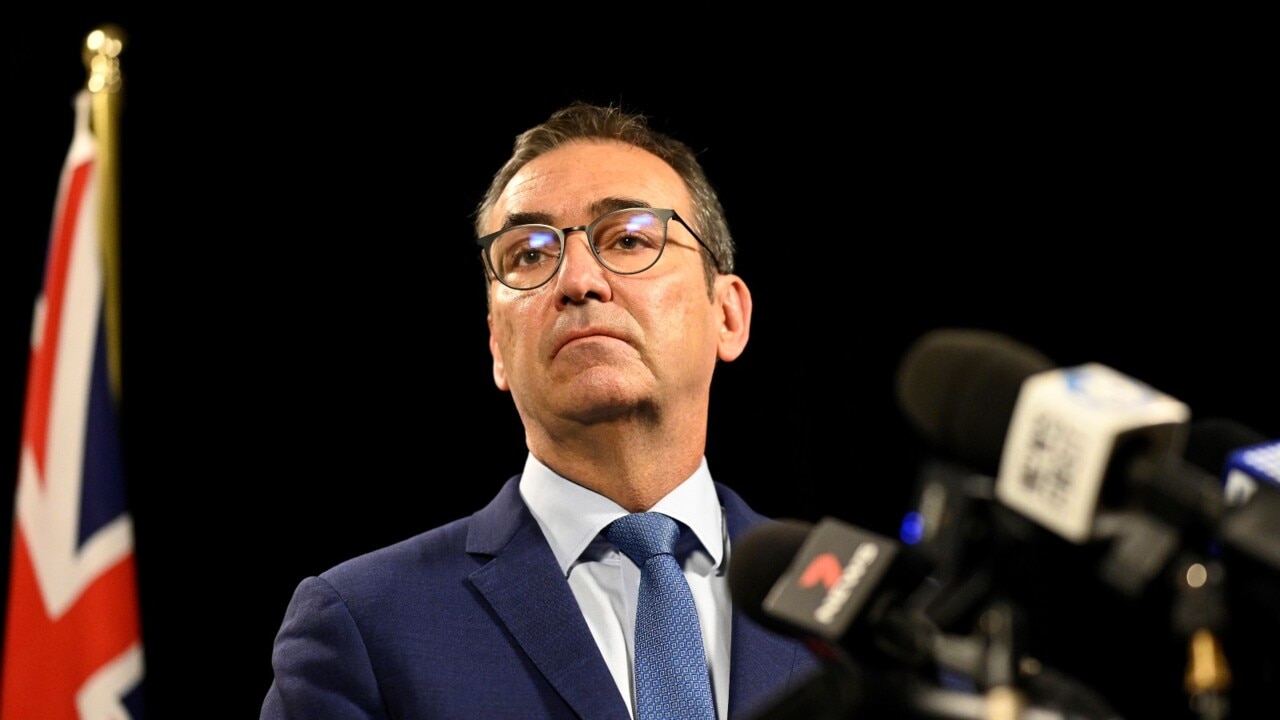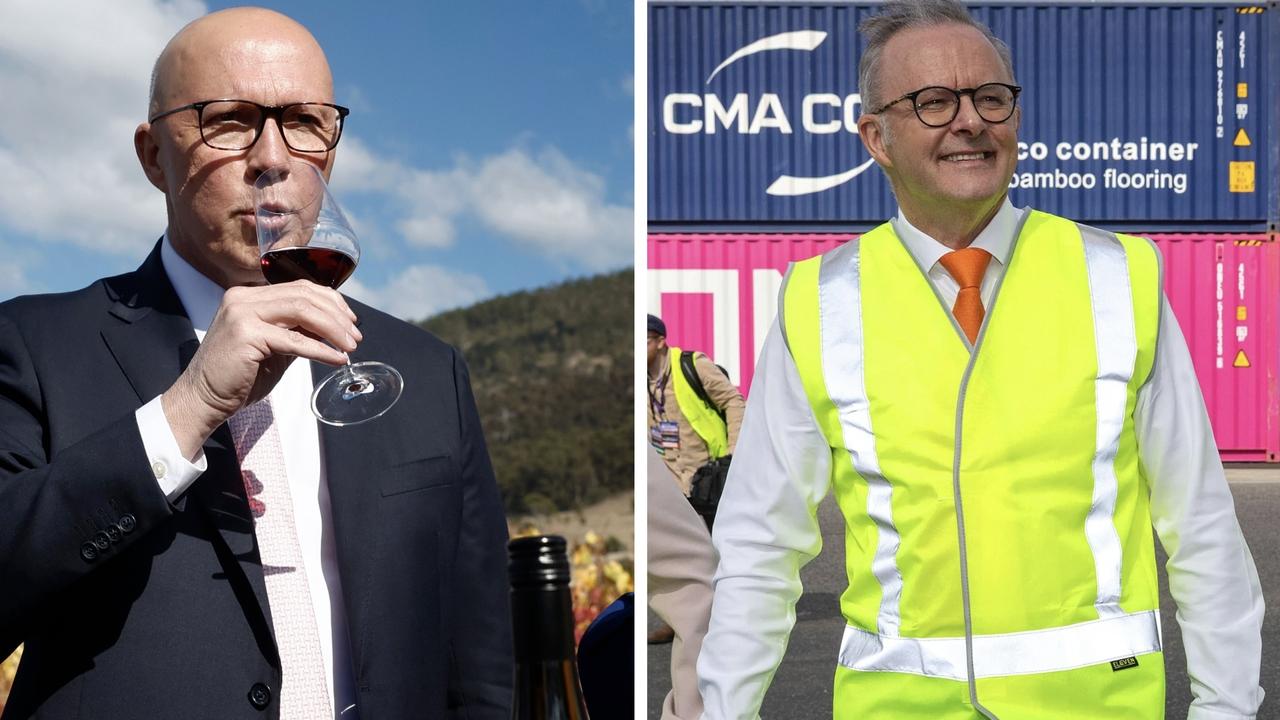South Australia turns to Labor in a tide that should have Scott Morrison quaking
Labor has captured South Australian suburbs and invaded blue-ribbon Liberal territory in a tide that should leave Scott Morrison quaking in his boots.

State Election
Don't miss out on the headlines from State Election. Followed categories will be added to My News.
Labor has captured the suburban heartland that decides governments and invaded blue-ribbon Liberal territory in a dramatic recasting of the South Australian electoral landscape.
Saturday’s Liberal bloodbath has left a sea of Labor red seats flowing through almost all of metropolitan Adelaide.
Outgoing Premier Steven Marshall is fighting for his political life in his inner eastern seat of Dunstan, as is his former education Minister John Gardner in his eastern suburbs seat of Morialta. Even if they cling on, they will hold marginal seats after swings to Labor of 7.1 per cent (Dunstan) and 8.5 per cent (Morialta).
Prime Minister Scott Morrison should be quaking in his boots, regardless of the bipartisan agreement that this election was fought on state issues.
At a federal election likely to be held in less than two months, the Liberals face retaining only two lower house seats at opposite ends of the state – Grey and Barker.
The southwestern marginal seat of Boothby is almost certainly gone, with Liberal incumbent Nicolle Flint’s political retirement.
Based on the numbers in the geographically coincident Dunstan and Morialta, the eastern Adelaide seat of Sturt is under severe threat for the Liberals.
First-term MP James Stevens, a former chief-of-staff to Mr Marshall, is a talented MP but lacks the personal profile of his predecessor, Christopher Pyne.
Alarmingly for the Liberals, demographic changes in traditional blue-ribbon seats might have cemented Labor gains, particularly on the back of Green preferences.
The election results show Adelaide’s inner suburbs are becoming like those in the eastern seaboard – affluent and left-leaning.
University-educated young voters have flocked into gentrifying areas of Unley, for example, where the ALP achieved a swing of almost 16 per cent.
This was compounded by the Greens achieving 22.5 per cent of the vote in a three-horse race, with preferences flowing to Labor’s Ryan Harrison, who gathered 30.9 per cent of first-preference votes to Liberal Minister David Pisoni’s 46.6 per cent.
This resulted in Mr Harrison leading 54.4 per cent to 45.6 per cent on two-party vote, with 47.2 per cent of votes counted.
At the same time, Labor has wrested back control of crucial middle-class marginal seats, such as Elder, King and Newland.
It is in this type of area that elections are won. Collectively, they’ve been known as Howard’s battlers or Rudd’s working families. For Peter Malinauskas, they house a growing middle class that is becoming increasingly prosperous, with whom he hopes to speak directly.
On the evidence of Saturday’s landslide, the Premier-elect has connected with these suburbs, been embraced by inner Adelaide and bolstered Labor’s working class heartland.
Mr Malinauskas wants to govern with a long-term agenda and this election victory has positioned him to do so.





